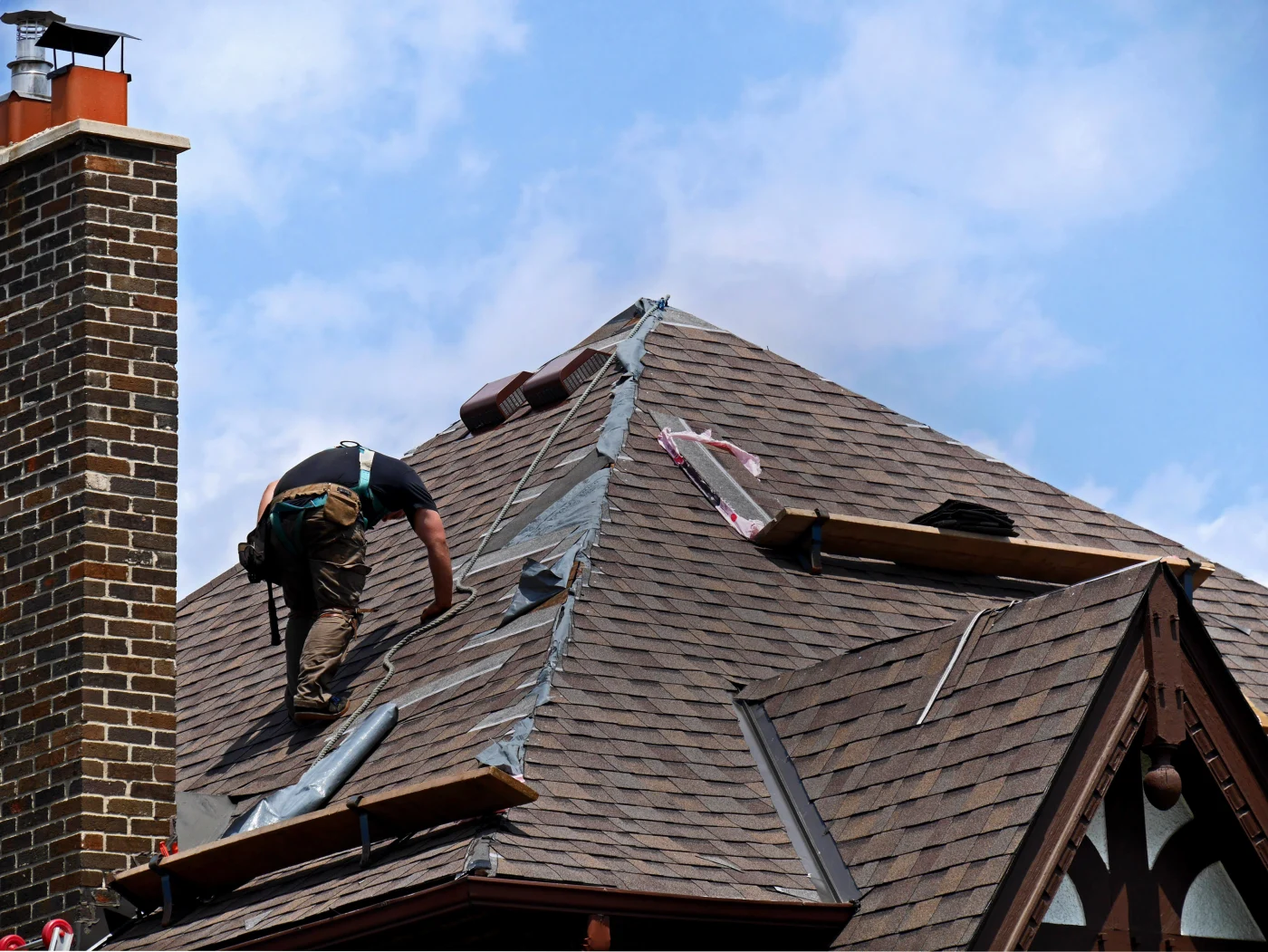
The Evolution of Roofing Styles: From Traditional to Modern Designs Nov 22, 2025
Roofing styles have always been influenced by regional conditions and available resources. Traditional roofing methods often utilized local materials readily available to craftsmen. In Europe, thatched roofs were common, made from dry vegetation such as straw or reed, providing insulation and ease of harvesting. In the United States, wood shingles became popular due to the abundance of timber. These materials required significant upkeep but were reflective of the times when maintenance was labor-intensive and part of everyday life.
With industrialization came the shift to more durable roofing materials like clay and slate tiles. These options offered increased longevity and fire resistance, addressing growing urbanization concerns. Slate, particularly, was prized for its durability and natural beauty, leading to its widespread use in upscale housing. The versatility of clay tiles also allowed for creative expressions in roof designs, providing a wide array of colors and styles.
The 20th century brought profound changes in roofing technologies and styles. Asphalt shingles emerged as a symbol of modern roofing, driven by affordability, ease of installation, and adaptability to various architectural designs. Asphalt shingles remain one of the most popular choices due to their durability and warranty options, making them a staple in residential roofing.
As we progressed through the century, metal roofing gained popularity, particularly in commercial projects. Metal roofs, often made of steel or aluminum, provide exceptional durability and are known for reflecting heat, making them energy-efficient. Moreover, innovations in coatings and colors have allowed metal roofs to mimic the appearance of traditional shingles, expanding their appeal to residential customers.
The last few decades have witnessed a surge in environmentally conscious design practices, impacting roofing styles significantly. Green roofs, which involve the planting of vegetation over a waterproof membrane, are becoming more popular in urban areas for their benefits in reducing urban heat and improving air quality. Similarly, the integration of solar technology into roofing materials has opened up sustainable energy possibilities without sacrificing aesthetic appeal. Photovoltaic shingles combine the function of solar panels with traditional shingles, offering a seamless, modern look that harnesses solar energy.
Today, modern roofing design is all about synergy between aesthetics and function. Architects and homeowners are increasingly looking for roofing solutions that not only protect but also enhance the energy efficiency and environmental sustainability of homes. This shift is reflected in the growing popularity of materials that offer high energy ratings, long lifespans, and minimal environmental impact.
In conclusion, the evolution of roofing styles is a testament to human creativity and adaptability. From humble beginnings with natural materials to advanced, high-tech solutions, roofing has continually adapted to meet the needs of the time. Certified Roofing Solutions Inc. remains at the forefront of these advancements, committed to providing customers with solutions that marry heritage with innovation. Whether restoring a historic home or constructing a modern green building, understanding these developments helps in making informed choices that blend tradition with contemporary demands.
/filters:no_upscale()/media/fa8a73a4-fbb9-48f5-b3e7-401364d60b4d.png)
/filters:no_upscale()/filters:format(webp)/media/f5ec6994-cd7e-43c3-82f7-ea1a6de1f22f.webp)